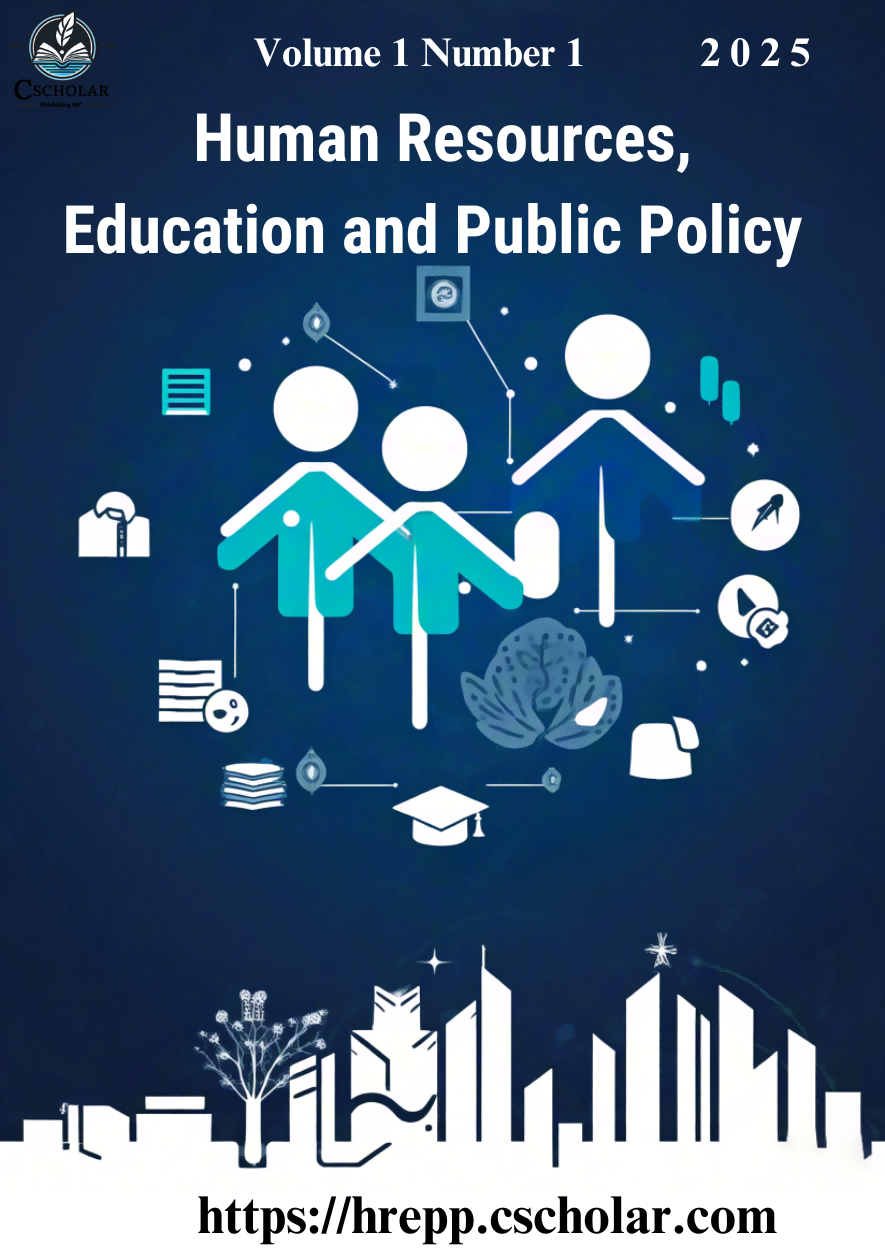Research on the Glass Ceiling Effect in China: Decomposition of Causes and Management Countermeasures
DOI:
https://doi.org/10.71204/pjq1hv49Keywords:
Glass Ceiling, Gender Inequality, Chinese Women’s Employment, Career BarriersAbstract
As China’s economy and labor market evolve, the “glass ceiling” phenomenon in women’s employment and promotion has drawn substantial attention, rooted in persistent patriarchal norms and structural inequalities. This study employs a quantitative approach, using a questionnaire survey of 316 respondents to analyze the existence, causes, and challenges of the glass ceiling faced by Chinese women in professional roles. This study constructs a five-dimensional model of influencing factors for the glass ceiling effect, including workplace gender discrimination, organizational culture, and support systems, policy, cultural Environment, promotion cognition bias, and work-family conflict. Women aged 35 and above, navigating concurrent career and family demands, exhibit both acute barriers and proactive coping mechanisms, such as skill enhancement and networking. The study concludes with recommendations for organizations to implement transparent promotion frameworks, flexible work policies, and gender-inclusive training alongside policy interventions aimed at reshaping cultural norms and strengthening family support systems. This research contributes to understanding gender equality challenges in emerging economies and proposes context-specific strategies to dismantle career barriers for women.
References
All-China Academy of Social Sciences. (2020). Gender dynamics in Chinese professional advancement. Beijing, China: Social Sciences Academic Press.
All-China Women’s Federation [ACWF]. (2023). 2023 Report on the Implementation of the China Women’s Development Outline. Beijing, China: China Women’s Publishing House.
Cao, X. and Chai, Y. (2014) Gender Role-Based Differences in Time Allocation: Case Study of Shenzhen, China. Transportation Research Board. DOI: 10.3141/2014-08.
Catalyst. (2019). Women in leadership: Advancing career development opportunities [Leadership gender equity report]. Catalyst Inc.
China Family Panel Studies. (2021). China Family Panel Studies Annual Report 2021: Gender and Labor Division. Beijing, China: Peking University Press.
Desvaux, G. , Devillard, S. , & Sanciersultan, S. (2009). Women leaders, a competitive edge in and after the crisis.
Eagly, A. H. (1987) Sex Differences in Social Behavior: A Social-role Interpretation. Erlbaum,Hillsdale, NJ.
Eagly, A. H. and Johnson, B. T. (1990) Gender and leadership style: A meta-analysis. Psychological bulletin. 108(2), 233.
Eagly, A. H., & Carli, L. L. (2007). Through the labyrinth: The truth about how women become leaders. Harvard Business Review Press.
Gender and Development Research Center, Peking University. (2022). Report on gender disparities in Chinese corporate promotion systems. Peking University Press.
Hymowitz, C. and Schellhardt, T. (1986) The Glass Ceiling: Why Women can’t seem to Break the Invisible Barrier that Blocks them from the Top Jobs. Wall Street Journal (March 24)
Li, H., & Smith, J. R. (2020). Gender bias in performance evaluations: Evidence from Chinese financial institutions. Journal of Organizational Behavior, 41(5), 634–652.
Oakley, J.G. (2000) Gender-based Barriers to Senior Management Positions: Understanding the Scarcity of Female CEOs. Journal of Business Ethics, 27(4), 321–334.
Shen, Y. (2020). Cultural dilemmas of gender equality. Peking University Press.
US Department of Labor. (1991) A report on the glass ceiling initiative. Washington, DC: US Department of Labor.
Zhang, M., & Ma,Y. (2023).Growth experiences of the older generation of women scientists in China: Historical lessons and recommendations for women’s career development. Cultures of Science, 6(1), 62-88.
Downloads
Published
Issue
Section
License
Copyright (c) 2025 Yidan Sun (Author)

This work is licensed under a Creative Commons Attribution 4.0 International License.
All articles published in this journal are licensed under the Creative Commons Attribution 4.0 International License (CC BY 4.0). This license permits unrestricted use, distribution, and reproduction in any medium, provided the original author(s) and source are properly credited. Authors retain copyright of their work, and readers are free to copy, share, adapt, and build upon the material for any purpose, including commercial use, as long as appropriate attribution is given.





